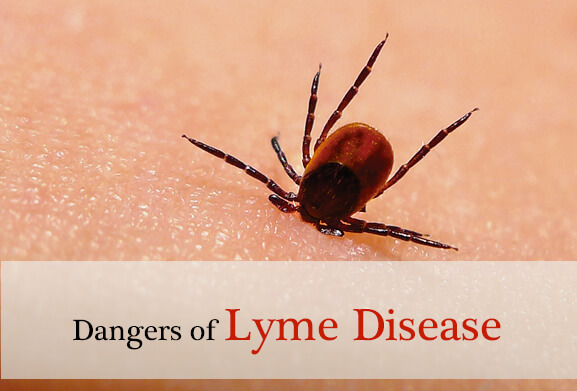Lyme disease is an insidious affliction often overlooked in the shadow of larger health concerns, yet this seemingly innocuous disease has far-reaching implications, particularly for our canine companions. Transmitted by the bite of the tiny deer tick, or Ixodes scapularis, Lyme disease serves as a poignant reminder that some dangers come in the smallest of packages.
At the heart of the apprehension surrounding Lyme disease is its capacity for stealth. Initially, the symptoms may appear innocuous: lethargy, fever, and loss of appetite. However, as the disease progresses, it can lead to severe arthritis, neurological disturbances, and even heart complications in dogs. The subtleties of its onset often foster a false sense of security, enabling the disease to thrive unnoticed. This echoes a common observation: the most perilous threats are often the ones that linger in the background, masquerading as benign inconveniences.
One of the compelling aspects of Lyme disease is its geographic ubiquity. The ticks that carry the Lyme bacterium flourish in wooded areas, but they do not confine themselves to these habitats. Urban sprawl, with its parks and landscaped gardens, can also serve as hotbeds for tick populations. This adaptation highlights a deeper reason for the public’s fascination: the emerging relationship between ecology, human expansion, and the inevitable intertwining of nature’s creatures with our day-to-day lives.
Preventative measures against Lyme disease are fraught with complexity. Simple actions, such as regular tick checks and the application of veterinarian-recommended tick preventatives, can prove effective. However, environmental awareness also plays a crucial role. Maintaining a tick-free yard by keeping grass trimmed and removing leaf litter can diminish tick habitats, effectively lowering the risk of transmission. Yet, the challenge remains—how does one instill a sense of vigilance in a society that often prioritizes immediate gratification over long-term health benefits?
Moreover, the veterinary costs associated with treating Lyme disease can be daunting. Regular vet visits, potential hospitalization, and long-term medications can accumulate into a staggering financial burden, which often deters pet owners from pursuing immediate treatment. This raises broader questions about accessibility and priorities within the realm of pet healthcare. The intersection of economic strain and animal welfare magnifies the narrative that dogs, like humans, are often at the mercy of factors beyond their control.
In conclusion, the dangers posed by Lyme disease, perpetuated by a tiny tick, extend far beyond the physical afflictions endured by dogs. The broader implications invite a dialogue on ecological awareness, health management, and societal responsibility. As we strive to protect our canine partners from these minuscule marauders, we embark on a quest that is as much about understanding ourselves and our relationship with the natural world as it is about safeguarding their wellbeing.
